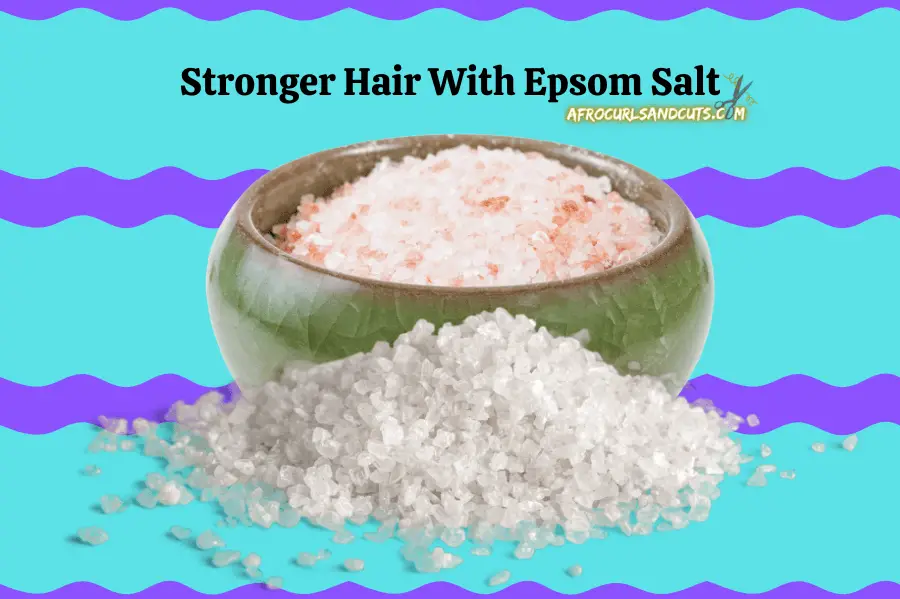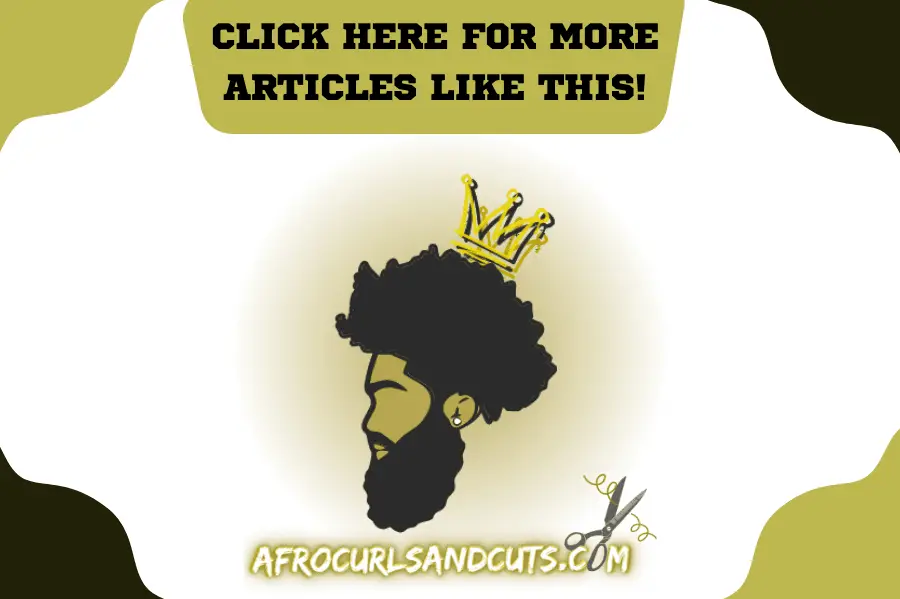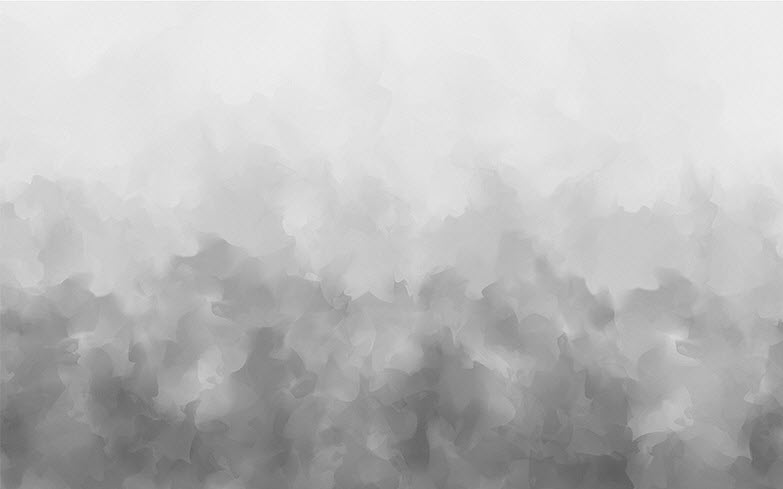We may earn money or products from the companies mentioned in this post.
Overview
This article contains information about damaged Hair from Heat and how to repair it without having to chop off your hair.
Are you tired of dealing with the consequences of heat-styling your hair but can’t give up your blow dryer and curling iron?
You’re not alone! While it’s true that regularly using heated hair tools can lead to severely damaged hair, there’s good news: with the right care and treatment, you can repair and prevent further damage.
The key to maintaining healthy hair is to take preventative measures, such as using heat protectant sprays and keeping your tools at a safe distance from your hair.
By implementing a consistent hair care routine that prioritizes the protection and repair of heat damage, you can enjoy the benefits of heat-styling without the negative consequences.
Keep reading to discover the best ways to repair and prevent heat-damaged hair and get your locks looking and feeling their best again.
What Are The Signs of Heat-Damaged Hair?
One of the most frustrating aspects of using hot tools is that heat damage can often go unnoticed until it’s too late.
But being aware of the signs of heat-damaged hair can help you identify and repair the damage before it becomes severe.
Here are some common signs to look out for:
- Your curls may appear straighter or looser after your first wash, indicating that they have lost their shape.
- It becomes harder to achieve bouncy curls as they have lost their elasticity.
- Your hair may become dry and brittle due to a lack of moisture retention.
- Split ends may become more prevalent due to weakened hair stand ends.
- The texture of your hair may become rough and difficult to style.
- Loose hair follicles can cause hair fall.
It’s important to note that not all of these signs will necessarily be present in heat-damaged hair, but if you’re unsure, trust your gut.
By paying attention to these signs, you can take steps to repair heat-damaged hair before it becomes severely damaged.
How To Repair Heat-Damaged Hair Without Cutting It
When it comes to repairing heat-damaged hair, curly hair requires a bit more attention and care than straight hair.
However, with the right treatment plan, you can repair and restore your curls without resorting to cutting them off.
1. Employ Protein Treatments
One of the most effective ways to repair heat-damaged curls is by incorporating protein treatments into your hair care routine.
These treatments work by restoring the natural proteins in your hair, which are crucial for repairing damaged bonds within the hair follicles.
You can find protein-rich leave-in conditioners, hair masks, and other treatments that can be used to repair heat-damaged hair.
Another important step in repairing heat-damaged hair is to use deep conditioning treatments that contain ingredients like keratin, creatinin, nutrient-rich oils, yogurt, and honey.
These ingredients are known to be effective in nourishing, soothing, and repairing damaged curls.
Make sure to look for a deep conditioner that contains high protein content to make your hair healthy.
By consistently incorporating protein treatments and deep conditioning into your hair care routine, you can effectively repair even severely heat-damaged hair and get your curls back to their healthy, bouncy state.
Here is a great article to help you get healthier hair Keratin on Curly hair: Best Treatments & Solution for Damage Hair.
2. Try Oil Soaking Your Hair
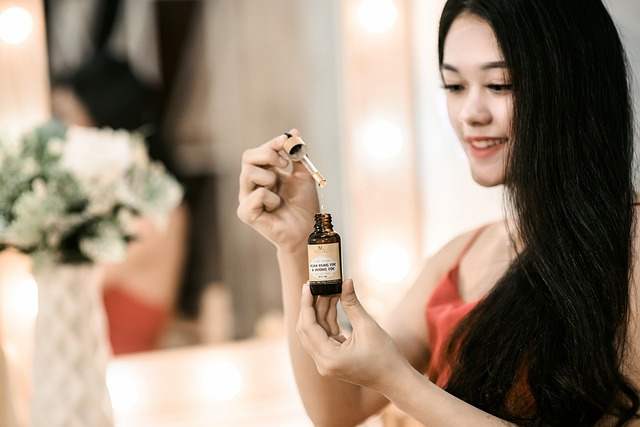
Image of a woman analyzing an oil drip treatment.
Oil soaking is a popular and effective treatment for repairing heat-damaged hair.
It works by penetrating deep into the hair shaft to strengthen, nourish and restore moisture to brittle and damaged hair.
By replenishing the hair’s natural oils, you can help restore its body and luster and also help in regaining its outer layer of protection.
When oil soaking, it’s important to choose the right oils that will provide the best nourishment for your hair.
Plant oils such as coconut oil, argan oil, cocoa butter, and olive oil are great options for dry, damaged hair.
They contain essential fatty acids, vitamins, and antioxidants that can help repair and restore the hair’s natural moisture levels.
To oil soak your hair, follow these steps:
- Spend 15-20 minutes massaging the nourishing oils into your scalp.
- Cover your hair with a hot, damp towel or soft cotton rag for at least an hour.
- Wash your hair with a gentle shampoo to remove the oils after soaking.
This simple treatment will allow the oils to penetrate deep into your hair and help fix the damage caused by heat styling.
Regular use of this treatment can prevent further heat damage and restore hair to a healthy state by keeping it hydrated.
3. Add A Little Epsom Salt to Your Hair
Epsom salt may not be the first thing that comes to mind when you think about repairing damaged hair, but it can be an effective treatment for restoring strength and shine to damaged hair strands.
The salt works as a hair activator, helping to strengthen and revitalize damaged hair, especially curls.
Here’s how to use Epsom salt as a hair treatment:
- Mix a coin-sized amount of conditioner with an equal amount of Epsom salt in a dish. You can heat this mixture to help blend it together more effectively.
- Massage the mixture into your hair shaft after shampooing.
- Leave the mixture on your hair for 20 minutes.
- Rinse your hair thoroughly to remove the salt.
By using this treatment with Epsom salt, you can strengthen the hair strand, repair damaged hair, and give it a shine.
Epsom salt helps moisturize the hair, making them healthy and strong.
Regular use of this treatment can make a noticeable difference in your hair’s health, strength, and shine, making it less prone to damage in the future.
It is also a great option for rinsing hair after a hair coloring treatment.
4. Try Rinsing Your Hair With Tea
Tea may be known more for its health benefits when consumed, but it can also be a valuable tool in repairing heat-damaged hair.
The caffeine in tea provides a stimulatory effect to the hair follicles, helping to repair and strengthen damaged strands.
Here’s how to use tea as a hair rinse:
- Brew tea leaves in water and let steep for 30 minutes.
- Start by shampooing your hair to clean it first before applying the tea rinse
- Generously spritz your damp hair with the tea rinse, focusing on the damaged or dried-out areas.
- Wrap your hair with a towel and let it sit for 20 minutes to allow the caffeine to penetrate the hair.
- Use cold water to rinse your hair and style as desired; you can use a leave-in conditioner if needed.
This simple technique can be helpful for repairing heat-damaged hair and preventing further damage, especially for curly hair that is prone to heat damage.
Applying the tea rinse on a regular basis after styling with a curling iron or flat iron can help to repair curly hair heat damage.
5. Invest in Bond-building Hair Products

An image of hair care products for healthier hair.
Next, think about adding a bond builder to your hair-care approach. These products help to strengthen the hair internally.
It repairs broken strands and stops further breaking, restoring, and rebonding the internal hair structure.
If you are experiencing heat damage, especially on curly or natural hair, incorporating a bond builder into your hair care routine can be especially beneficial.
In addition, if you feel that you are doing excessive heat styling, it’s important to add hair masks to your routine washes to help provide extra nourishment and hydration to your hair.
For best results, apply a hair mask on wet hair and leave it on for the recommended time before rinsing it off.
This will help to repair and restore heat-damaged curly hair, preventing further heat damage and keeping your natural hair healthy and moisturized.
6. Use A Cool-Mist Humidifier
One often overlooked solution for repairing heat-damaged hair is using a cool-mist humidifier.
A humidifier can help to restore moisture to the air, which is essential for keeping your hair healthy and hydrated.
In the winter months, when indoor heating can dry out the air, a humidifier can be especially helpful in preventing and repairing heat-damaged hair.
Click to view prices (50-Hour Ultrasonic Cool Mist Humidifiers)
One of the best options for a cool-mist humidifier is the 50-Hour Ultrasonic Cool Mist Humidifiers for Bedroom.
It will not only help to increase the humidity levels in your bedroom but also run for 50 hours, making it a great product for long-term use.
It is easy to use, and it has a 6L water tank, which produces a low mist level.
This also means it is easy to maintain, and it also has a night light, adding a comforting ambiance to your room.
By using this humidifier regularly, you can help to repair and prevent heat damage to your hair, ensuring that it stays healthy, hydrated, and shiny.
7. Use Oil On Split Ends
People with damaged hair frequently battle with split ends. While all of the above treatments will help you control the number of split ends you experience, they never completely disappear.
Apply a little oil to your tips to maximize the effect of your style, whether it’s natural or made with hot tools.
Hair oils will help to smooth the outer cuticle, improving the appearance and brightness of the hair.
How To Prevent Hair Damage from Heat Styling Tools
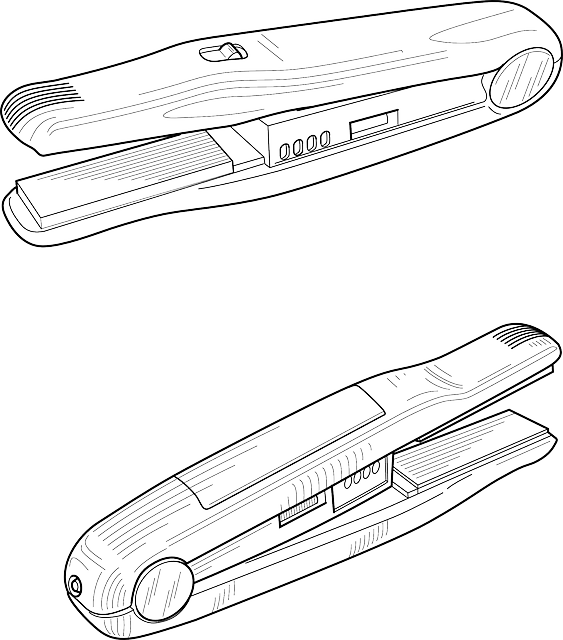
An image of the front and back of a flat iron.
It is always better to prevent heat-damaged hair than to try multiple treatments to mend your hair.
Use Heat Protectant Sprays to Avoid Heat Damaged Hair Treatment
When styling your hair with hot tools, use heat protectants to secure your locks. They reduce the harm that blow-drying, curling, and straightening, can do to your hair.
Here is an article full of useful tips about the DIY Natural Heat Protectant for Hair | 6 Easy Home Remedies.
Use Warm or Cold Water To Wash Hair
It is best to use cold or normal-temperature water to wash your hair because hot water can cause further damage to your roots.
Cold water will keep the moisture from the conditioner from evaporating, while warm water will help the conditioner penetrate inside your scalp.
Additionally, make sure that you use gentle shampoos and conditioners that don’t contain harmful chemicals.
If you are interested in learning more about properly washing your hair, then read 9 Best Shampoo For Black Natural Hair.
Minimize Using Heating Tools
Get rid of your hair dryer! Simply let your hair air dry. If you can’t resist blow-drying your hair, use the cool blast option.
You might want to consider using a microfiber towel to dry your hair. Just be careful not to rub your hair with it too hard.
FAQs for Damaged Hair from Heat
Is it okay to heat style your hair once a week?
Yes. It’s generally okay to heat style your hair once a week, but it’s important to minimize heat exposure to prevent damage.
It’s recommended to use a heat protectant and keep the heat setting to low. Also, make sure to take proper hair care routines to keep hair healthy and prevent damage.
How long do the effects of heat last?
The effects of heat damage on hair can vary depending on the severity of the damage.
Permanent damage to the cuticles and protein bonds can only be fixed by cutting off the damaged hair.
But in most cases, the repair process can take anywhere from six months to a year, depending on the condition of the hair and the steps taken to repair it.
Can heat protectants be used on dry hair?
Yes, heat protectants can be used on dry hair as well as damp hair. It can help maintain shine and protect hair from damage.
Make sure to apply heat protectant before styling to keep your locks healthy and beautiful.
Conclusion
In conclusion, heat damage to your hair can be a frustrating issue, but it can be fixed.
Using the right prevention techniques and treatments, you can restore your hair to a healthy state.
Remember to take care of your hair and take preventative measures to avoid damage.
With the right approach, you’ll be able to enjoy styling without worrying about the damage.
If you found value and enjoyed this article, please like, share, and subscribe to AfroCurlsandCuts.com! Don’t forget to check out our social media accounts as well.

